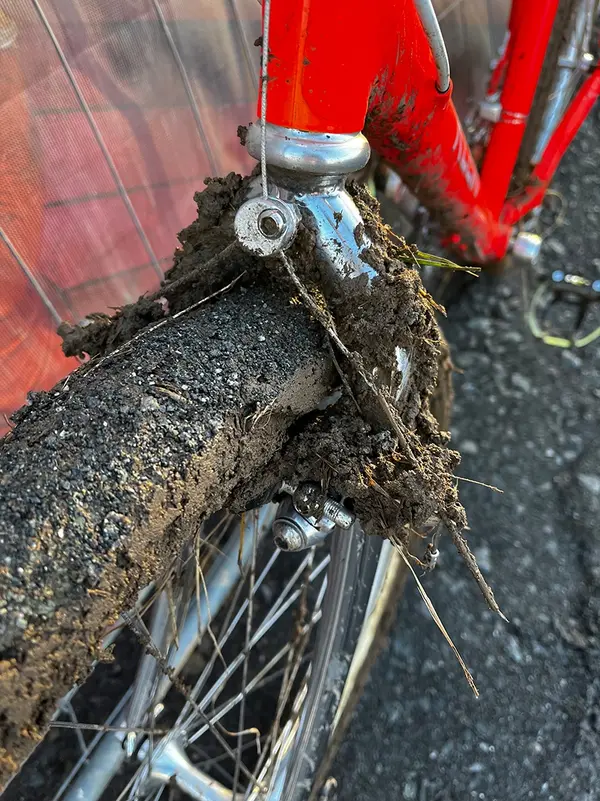1x is a sales gimmick, bike companies telling us what we need. Lots of that from the inception of mountain biking, bar ends, slingshot frames, 1.9 tires, etc, etc. The 1X is too limiting. I can’t go fast enough during a 100 k mountain bike race on the gravel or short gravel connections. Then I put on a larger chainring for a higher gear and I can’t climb like I want. I built a racing mountain bike from carbon and used 2 x10. Perfect. Easy to adjust, heavier chain. I’ve never had a chain stick. The factory riders in these races use 1x but a lot of people would be better off with 2x10.
